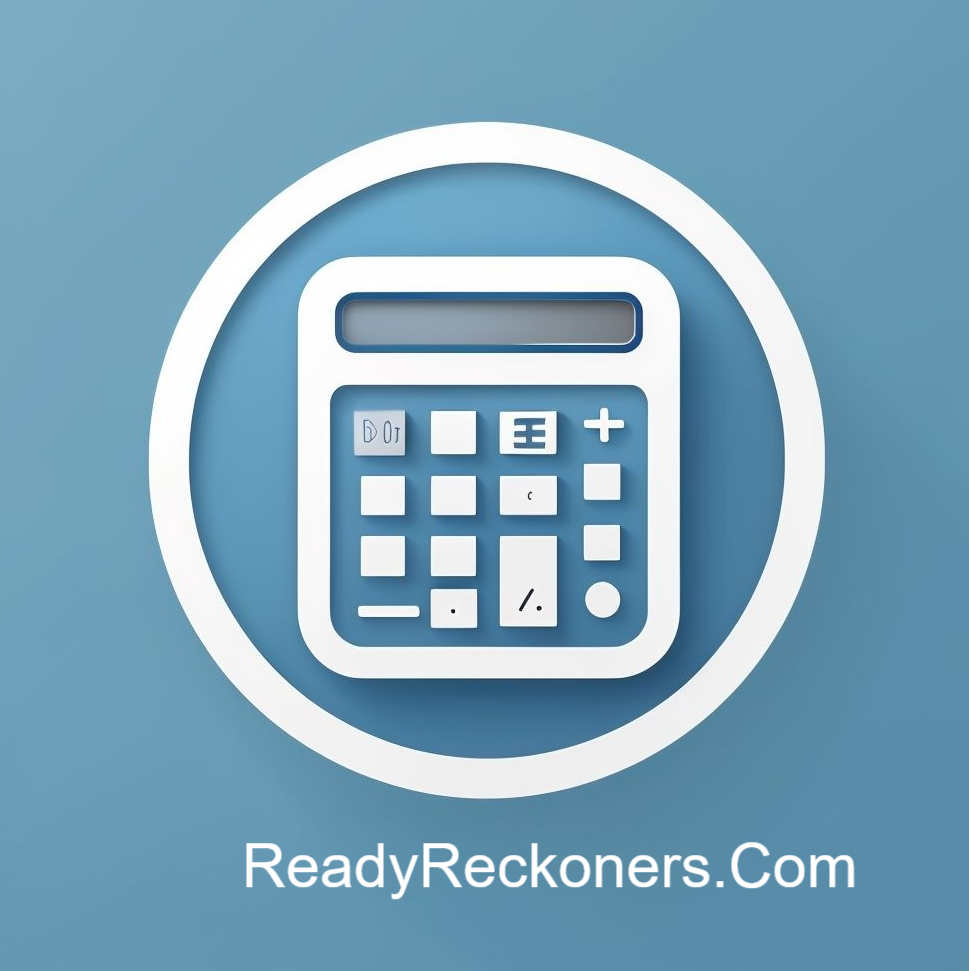
Property Flipping ROI Calculator
ROI Calculation Results
Cost Breakdown
Profit Analysis
Loan Amortization Schedule
| Month | Payment | Principal | Interest | Remaining Balance |
|---|
Understanding Property Flipping Terms
5 Smart Tips for Property Flipping
Mastering the Art of Property Flipping: A Comprehensive Guide
Property flipping has emerged as a lucrative investment strategy in the real estate market, offering savvy investors the opportunity to generate substantial returns in relatively short timeframes. At its core, property flipping involves purchasing a property, renovating or improving it, and then selling it at a higher price. While the concept may seem straightforward, successful property flipping requires careful planning, market knowledge, and financial acumen.
The foundation of a profitable property flip lies in thorough market research. Successful flippers develop a deep understanding of their target neighborhoods, including price trends, buyer preferences, and future development plans. This knowledge allows them to identify undervalued properties with significant appreciation potential. Markets experiencing job growth, infrastructure development, or revitalization efforts often present the best opportunities for profitable flips.
Property selection is perhaps the most critical decision in the flipping process. The adage "buy the worst house in the best neighborhood" often holds true, as properties requiring cosmetic updates in desirable areas typically offer the greatest profit potential. Experienced flippers assess properties through multiple lenses: the purchase price relative to comparable properties, the scope of necessary renovations, and the realistic after-repair value (ARV).
Financing represents another crucial component of the flipping equation. Traditional mortgages, hard money loans, private lenders, and cash purchases each offer distinct advantages and limitations. The financing strategy significantly impacts the project's potential profitability, as interest rates, loan terms, and closing costs directly affect the bottom line. Many successful flippers establish relationships with multiple funding sources to ensure flexibility across different project types.
The renovation phase demands careful budgeting and project management. Successful flippers develop detailed renovation plans that prioritize improvements offering the highest return on investment. While kitchens and bathrooms typically yield the greatest returns, exterior improvements that enhance curb appeal should not be overlooked. The challenge lies in making strategic improvements that appeal to target buyers without overspending on unnecessary features or luxury upgrades that the market won't support.
Time management represents a critical yet often underappreciated aspect of property flipping. Every day a property remains in the renovation phase or sits on the market represents additional holding costs that erode potential profits. Experienced flippers develop realistic timelines that account for potential delays in permitting, contractor availability, and material delivery. They also maintain contingency plans to address unexpected issues that inevitably arise during renovations.
The marketing and selling process determines how quickly a property sells and at what price. Professional photography, strategic staging, and compelling property descriptions can significantly impact buyer perception and willingness to pay top dollar. Pricing strategy requires a delicate balance – setting the price too high may lead to extended time on market, while pricing too low leaves money on the table. Working with experienced real estate agents who understand the local market can prove invaluable at this stage.
Tax considerations play a significant role in the overall profitability of property flipping. Short-term capital gains taxes can substantially reduce profits, particularly for high-income individuals. Some flippers utilize strategies like 1031 exchanges or opportunity zone investments to defer or reduce tax obligations. Consulting with tax professionals who specialize in real estate investments can help identify legitimate strategies to optimize after-tax returns.
Risk management separates sustainable flipping businesses from speculative ventures. Market fluctuations, renovation complications, financing changes, and shifting buyer preferences all represent potential risks. Successful flippers build adequate contingency reserves into their budgets, maintain flexibility in their exit strategies, and continuously educate themselves about market trends and best practices.
While property flipping can generate impressive returns, it requires significantly more effort, knowledge, and risk tolerance than many realize. Those who approach it as a serious business venture, rather than a get-rich-quick scheme, position themselves for long-term success. By combining market intelligence, renovation expertise, financial discipline, and strategic marketing, investors can transform distressed properties into desirable homes while generating attractive financial returns in the process.
